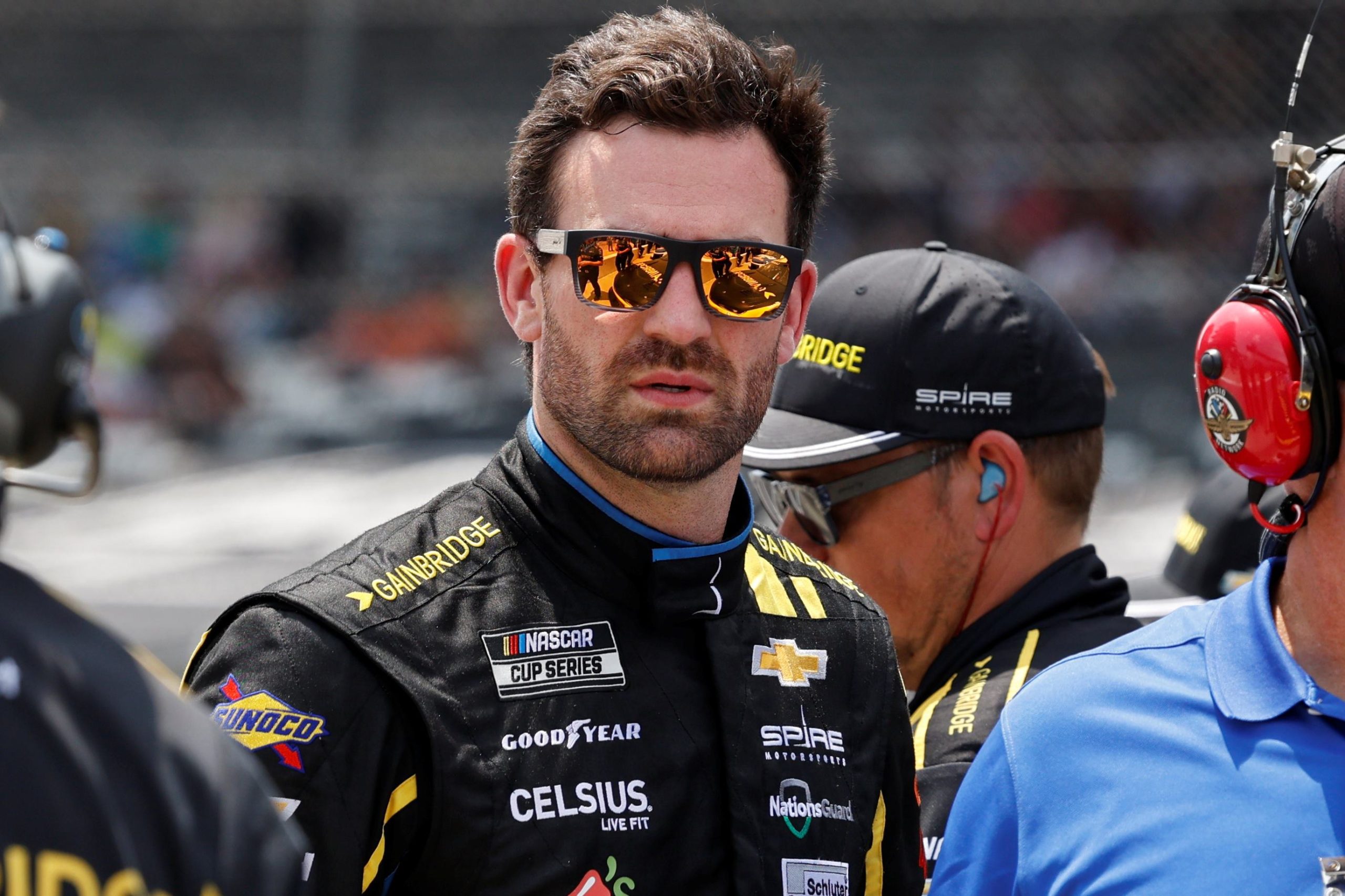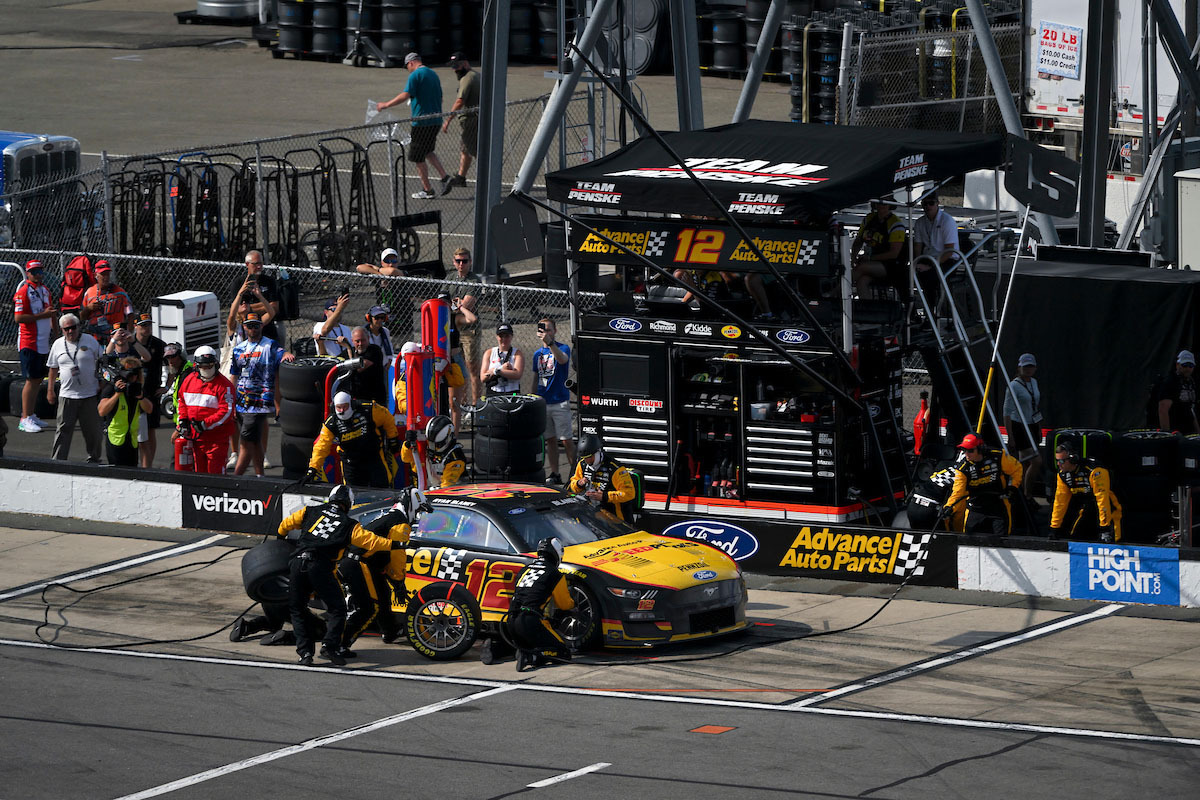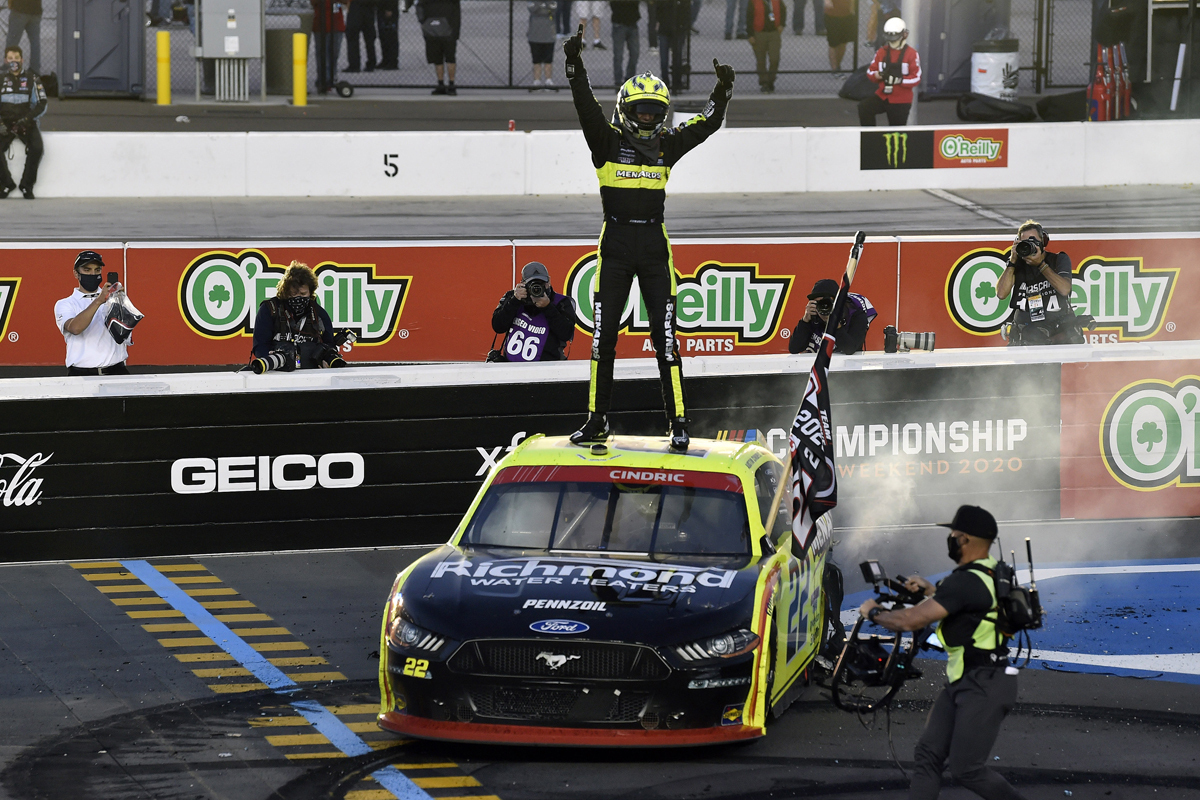NASCAR cars and Formula 1 cars, which are faster?
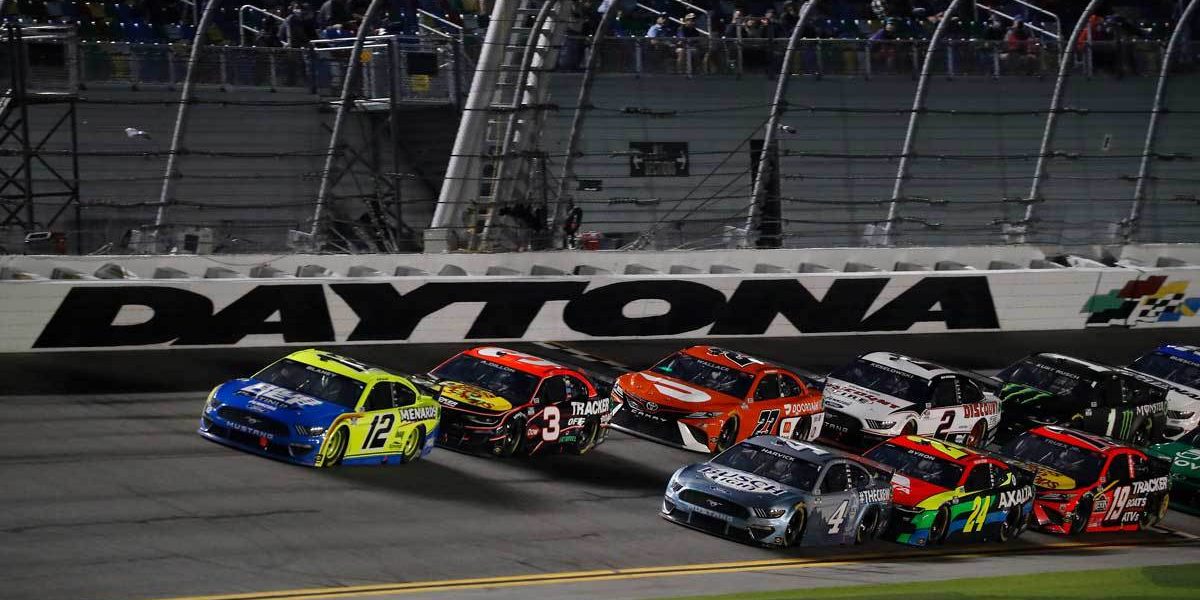
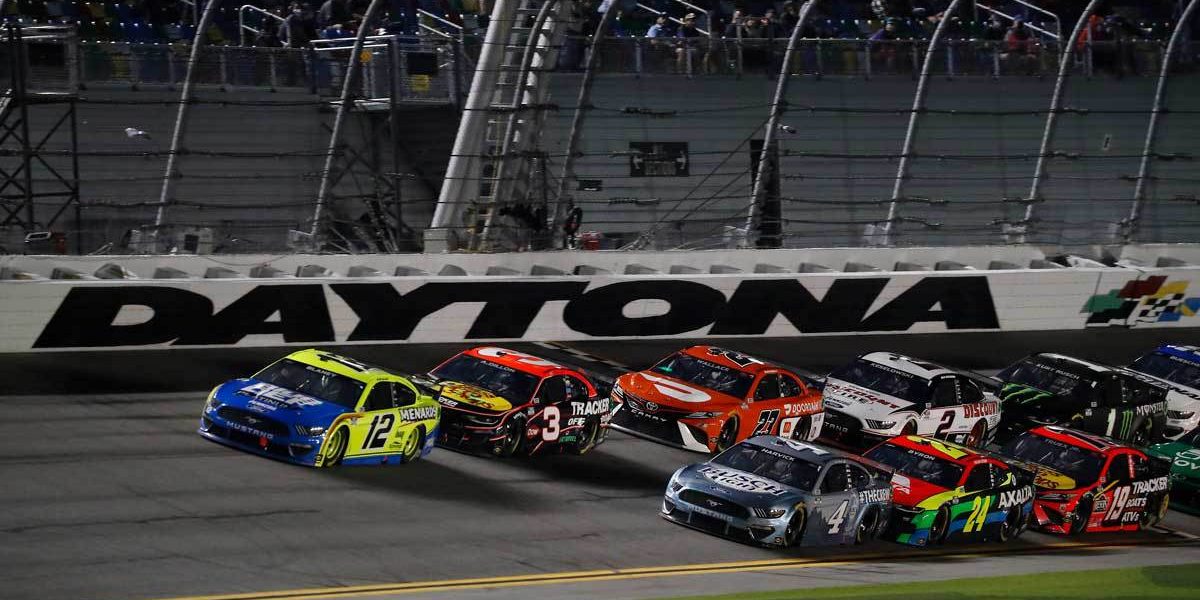
Table of Contents
NASCAR cars and Formula 1 cars are racing cars for a reason, they’re incredibly fast. But really, which car is faster?
Formula 1 cars are generally faster than NASCAR vehicles. The key differences contributing to this speed disparity include:
- Aerodynamics and Design: Formula 1 cars are designed with superior aerodynamics, allowing them to achieve higher speeds, especially in corners. Their design is optimized for agility and speed on varied track layouts, including sharp turns and complex maneuvers.
- Engine and Power: While both types of cars have powerful engines, Formula 1 cars often have more technologically advanced engines with a focus on acceleration and high-speed performance.
- Weight: Formula 1 cars are much lighter than NASCAR vehicles. This reduced weight, combined with their aerodynamic design, allows them to accelerate more quickly and reach higher top speeds.
- Tracks and Racing Style: The tracks used in Formula 1, which include a mix of straights and varied turns, are designed to test the limits of car speed and handling. In contrast, NASCAR races predominantly on oval tracks, which are more about endurance and tactical racing rather than outright speed.
- Tires and Braking Systems: Formula 1 cars use tires and braking systems that are optimized for high-speed cornering and rapid deceleration, further enhancing their speed capabilities on diverse track layouts.
While NASCAR vehicles are incredibly fast and built for endurance and high-speed oval racing, Formula 1 cars have the edge in terms of top speed and acceleration, making them faster in a direct comparison.
While F1 cars are faster than NASCAR, it is important to know this: The performance of F1 cars and NASCAR cars is severely regulated — but in very different ways. NASCAR highlights the driver’s influence in a car’s overall performance and race outcome, but Formula 1 is all about designing the fastest car and developing the most cutting-edge technology in the chase of marginal improvements.

And keep these in mind: The average NASCAR team’s seasonal operating budget is around $7 million, with each racing car costing around $1.5 million. While a Formula 1 team’s average budget each season, however, goes up around a whopping $300 million, with each car costing around $9 million.
NASCAR teams have around 100 members, whereas Formula 1 teams have over 1,000 members.
Now, we will compare the two categories in the following 5 areas:
- Design Dynamics
- Power-to-Weight
- Acceleration and Deceleration
- Aerodynamics
- Race Formats
Which car will emerge in this competition of speeds and adrenaline?
Design Dynamics
When comparing these two race cars and their respective race series’ regulations, it is clear that both are significantly more technologically advanced than our road automobiles, although F1 cars outperform NASCAR in terms of technical innovation.
All NASCAR vehicles have the same chassis (with manufacturer-specific body shells on top), the same 4-speed manual transmissions, the same engine size and power output, and even the same general design for their engines, albeit with some engine parts used to differentiate between the various manufacturers (Ford, Chevrolet and Toyota compete in NASCAR races).
This enables for closer NASCAR racing, more overtaking during races, and for the drivers’ abilities to have a significant impact on the race’s conclusion.
SEE ALSO: Are NASCAR cars all the same? Answers to the 8 Most Interesting NASCAR Questions
NASCARs are closed sedan-style vehicles based on stock cars that weigh a minimum of 3,200 pounds and are powered by a massive 5.8-liter V8 engine that produces 750 horsepower, revs to 9,000 rpm, and is mated to a four-speed manual transmission. These stock cars are made to look a lot like the cars we drive on the road.
Formula 1 race cars are extremely sophisticated in design, with only one goal in mind: to achieve maximum speed.
They’re futuristic, computer-designed race automobiles that don’t resemble anything else on the road.
All of the components of a race car must be manufactured in-house, and the designs are highly guarded trade secrets. Each team’s chassis, steering wheels, suspension elements, motors, clutches, and even items like the front and rear wings are all unique.
The rules of Formula 1 allow team engineers to constantly push the limits of these laws – but not to go too far.
As a result, one team usually dominates a race or a season owing to its technical advantages.
Power-to-Weight
NASCAR engines produce roughly 750 horsepower, while Formula 1 vehicles produce slightly more at 800 horsepower. The top speeds and acceleration statistics should be almost identical. That isn’t the complete picture, though. The weight difference between a Formula 1 and a NASCAR is what distinguishes their performance.
A Formula 1 is half the weight of a NASCAR.
F1 cars have high-revving 1.6-liter 4-cylinder turbocharged V-6 engines that produce 800 horsepower while moving only 1,604 lbs around a racing circuit. A NASCAR weighs 3,250 lbs and is powered by a 5.8-liter naturally aspirated V8 engine with 750 horsepower. F1 cars have a power-to-weight ratio of 0.498 hp/lb, whereas NASCAR vehicles have a power-to-weight ratio of 0.233 hp/lb.
A Formula 1 car could theoretically accelerate from 0 to 62 mph in less than one second, but due to traction loss, that kind of power cannot be transferred to forward motion at extremely low speeds – the car would simply burn up the tyres and barely move ahead.

As speeds go above 80-90 mph, traction loss decreases, and air rushing over and around the Formula 1 car increases downforce (more on that later), allowing the car to accelerate faster.
Because of the superior power-to-weight ratio, a Formula 1 car can go from 0 to 200 mph in 9 seconds, whereas a NASCAR vehicle can go from 0 to 160 mph in the same amount of time. And, while it isn’t sluggish by anyone’s standards, NASCAR has been thoroughly defeated in this Formula 1 vs. NASCAR match.
Acceleration and Deceleration
A Formula 1 car can accelerate from 0 to 100 mph and back in less than 5 seconds because to its remarkable power-to-weight ratio. In almost every form of acceleration and deceleration comparison, these cars stand out because of their dazzling acceleration and deceleration.
In NASCAR and Formula 1 automobiles, acceleration and deceleration forces play a significant influence in how engineers handle these forces.
These various race cars are designed to not only survive but also to benefit from these forces.
A race car experiences tremendous forces when accelerating and decelerating (typically during braking).
F1 cars generate an acceleration value of 1.45 Gs up to around 125 mph, meaning the driver’s neck and head are pushed rearward by a force 1.45 times stronger than Earth’s gravity.
As speeds exceed 200 mph, this force increases, with drivers experiencing 4.74 Gs on straights, causing their heads to weigh nearly five times heavier. To put these figures into perspective, a rocket launch produces 3 Gs of acceleration.
The aerodynamic wizardry of Formula 1 and NASCAR, as well as their braking systems and tire technology, enable their race cars to cut through the air, stop in extraordinarily small distances, and navigate bends at breakneck speeds.
The most impressive characteristic of a Formula 1 car is its deceleration and braking performance, not its acceleration.
The deceleration force experienced by the driver is 6.78 Gs, which means the driver’s head is nearly seven times its normal weight. In comparison, our ordinary cars barely create 1 G of braking force.
The aerodynamics of a Formula 1 car clings to the road surface so tightly that when the driver gets off the accelerator and coasts, the car will slow down as quickly as most sports cars can at their maximum braking effort.
In Formula 1, the most extreme braking action currently seen is drivers braking from 200 mph to 40 mph to negotiate a tight bend.![]()
With a deceleration of 6.02 Gs, this extreme braking is completed in just 239 feet and 2.5 seconds. In a race, drivers must navigate that corner 67 times.
When hurtling around an oval track at 200 mph, a NASCAR car, which isn’t allowed near the same level of aerodynamic aids as Formula 1, can nonetheless generate 3.05 Gs of accelerative force.
On a major oval track like Indianapolis Motor Speedway, Talladega, and Daytona, a NASCAR driver rarely taps the brake pedal of their race car, except when approaching the pit lane or braking to avoid wrecks.
A NASCAR driver must be exceedingly daring to lap at continuously high speeds of 200 mph for 300 laps or more.
The automobile can slow from 200 mph to 0 in around 7.5 seconds when a NASCAR driver stands on the brake pedal.
A NASCAR race oval track, on the other hand, is very different from Formula 1 road circuits in that a NASCAR car does not need to accelerate and decelerate as many times every lap as a Formula 1 car does.
Aerodynamics
The way air moves over, around, and under a race car has an impact on its performance and handling. This is aerodynamics.
The two key areas that aerodynamicists focus on for performance gains in Formula 1 and NASCAR are reducing drag (the resistance a car experiences when travelling through air at high speeds) and improving downforce (the downward force air exerts on a race car’s wheels).
When comparing the aerodynamics of a NASCAR with a Formula 1 car, the aerodynamics of NASCAR automobiles may appear simple to the untrained eye, but it applies the same concepts as Formula 1 in its pursuit of air cheating.

The method aerodynamicists are allowed to deceive the air in Formula 1 and NASCAR, on the other hand, is vastly different.
To be more slippery in the air, NASCAR’s aero technology features low and broad front spoilers, wind tunnel-shaped body shell surfaces, and steeply sloped windscreens, as well as tall rear spoilers to reduce air resistance while optimizing downforce for grip on the back wheels for speed.
The goals of NASCAR’s aerodynamic regulations are to encourage drafting and overtaking in order to increase the on-track car NASCAR racing spectacle.
Each season, a Formula 1 team’s aerodynamicists spend tens of millions of dollars in research and development to push the boundaries of this “black art” in order to reduce their race cars’ lap times by tenths of a second per lap.
With many left and right-hand bends at varying speeds, the aerodynamics of a Formula 1 race car are primarily concerned with downforce for improved cornering grip than reducing drag for higher speeds.
Formula 1 cars are pushed to the ground with such force by aerodynamic downforce that they could hypothetically drive upside down in a tunnel.
The front and rear primary wings of these cars are intricately designed with different profiles depending on the downforce requirements of a particular oval track – for an oval track with many low-speed corners, a car’s aerodynamic wing settings and designs will be very different than for a track with long straights and few slow-speed corners.
Separate blades on the front and rear wings minimize drag on straights while simultaneously increasing downforce when cornering. In fact, when working on the aerodynamics of a Formula 1 race car, every surface, even the driver’s helmet, is taken into account.
The sport’s rules are altered as quickly as Formula 1 aerodynamicists find new ways to trick the air, forcing the aerodynamicists to come up with ever more inventive solutions.
Today, full-width wings function similarly like aircraft wings, but in reverse: instead of providing lift to allow a plane to fly, they press the car lower down onto the ground, improving tire contact with the road.
Since the start of the 2011 Formula 1 season, vehicles have been equipped with a DRS (dynamic rear wing) that can be adjusted (Drag Reduction System). This lets drivers to use DRS on straights, which opens the rear wing and reduces drag considerably, allowing them to improve speed by up to ten miles per hour.
As previously stated, NASCAR’s aerodynamic regulations encourage overtaking, whereas Formula 1’s rules make overtaking more difficult when the DRS system is disregarded; a Formula 1 car’s aerodynamics are built for outright performance, resulting in the quickest race car on the grid.
Race Formats
A NASCAR race normally lasts 3 to 4 hours, with drivers clocking between 400 and 500 miles every race across 350 laps of 1- to 2-mile-long courses.
With only two or four left-hand corners per lap, NASCAR drivers concentrate on maintaining high speeds and braking as little as possible.
Formula 1 races last less than two hours, with cars travelling 185 miles through tight and winding multi-corner courses.
You can find the latest odds with Ladbrokes for both F1 and NASCAR.
Formula 1 tracks demand drivers be extremely precise in accelerating and braking for roughly 22 bends per lap for an average of 57 laps per race, whereas NASCAR drivers seek to lap at around 200 mph without letting off the pedal.
In NASCAR, a driver’s race wins and world championship wins are emphasized, whereas in Formula 1, the driver’s and team’s championships are equally important.
Races in NASCAR can be compared as marathons, whilst races in Formula 1 are sprints.
A Formula 1 team will invest a lot of time designing racing strategy to assist one of its cars score as many championship points as possible, and colleagues will almost never compete for victory.
In NASCAR, it’s typical for teammates to race each other all the way to the finish line for the win.

Final Verdict
These days, F1 cars accelerate from 0 to 60 miles per hour in about 2.6 seconds and can achieve a top speed of 235mph.
While NASCAR is known for setting packages that limit the speed of their cars for the safety of their drivers and viewers. These cars can achieve the top speed of just over or 212mph, accelerating from 0 to 62 miles per hour in 3.5 seconds.
In addition, while F1 cars reach 200mph in just 9 seconds, NASCAR vehicles will only attain 160mph in that same duration.
In short, F1 cars are faster than NASCAR cars in terms of outright top speed. F1 cars will also accelerate faster than NASCAR vehicles.
Formula 1 cars take the crown in this adrenaline-fueled competition.
For more racing action, visit Sportscar Chronicle.


